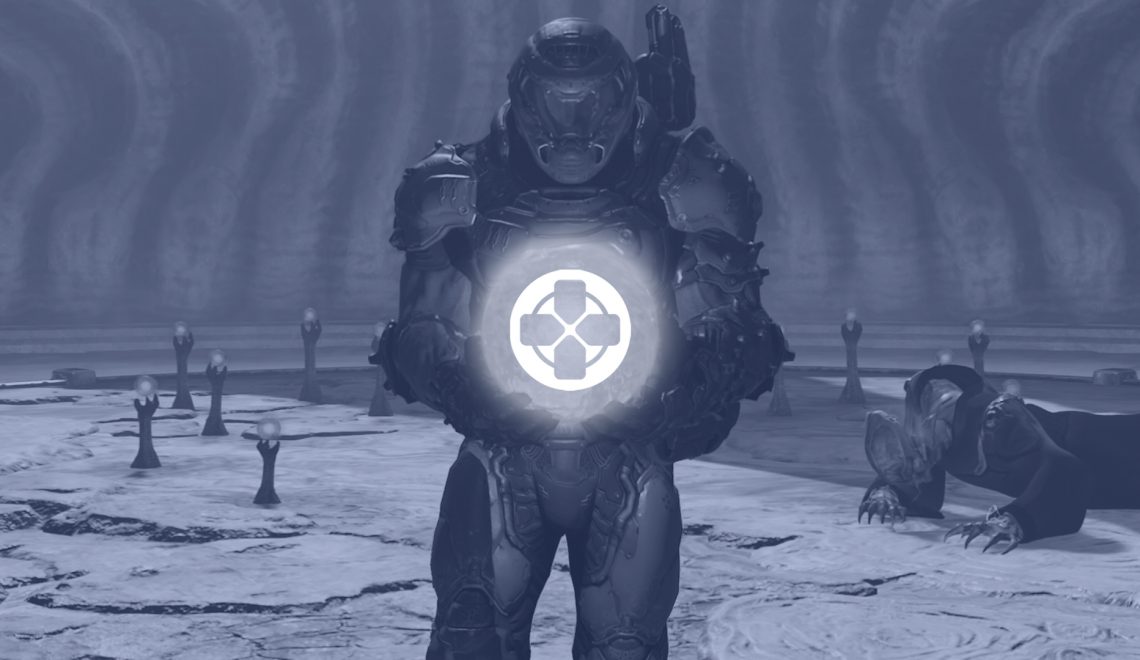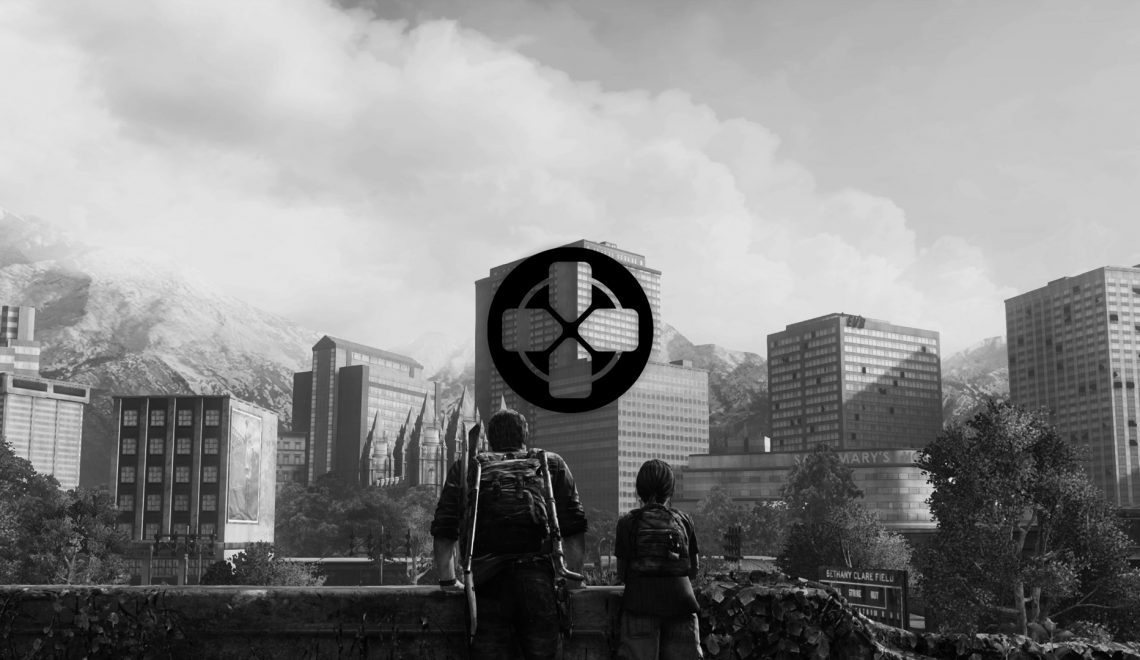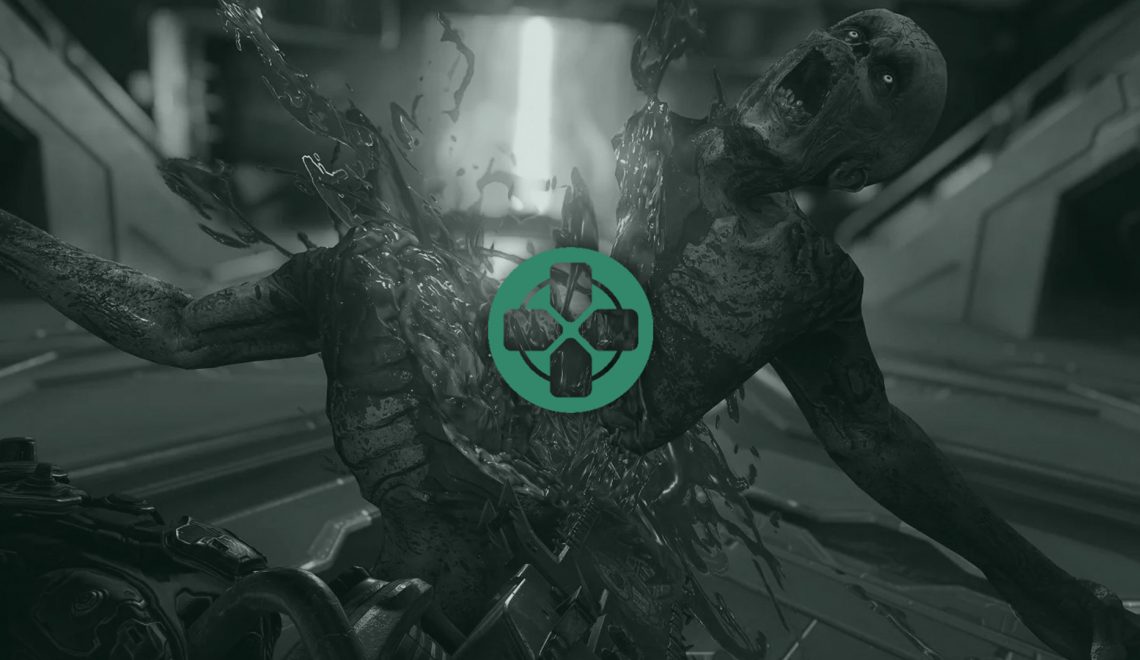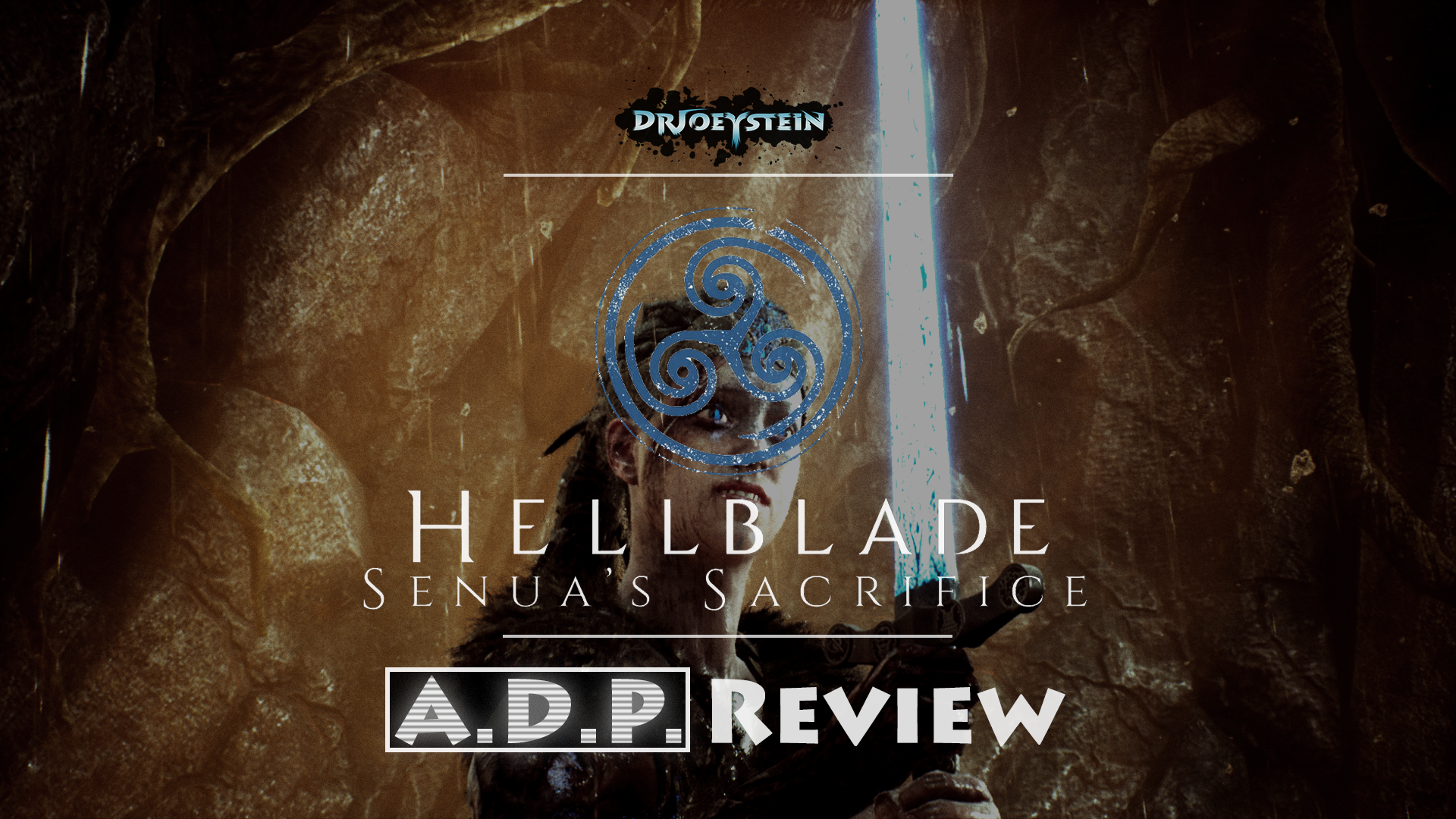
My youngest sister has a form of chronic encephalopathy. You could also call it periventricular leukomalacia. It has to do with white matter, which is the tissue between gray matter that bridges the brain’s various regions. When you absorb information, gray matter is essential to storing and making sense of it, but white matter dispenses it across the brain as a connective conduit. Cognition, learning, reasoning – these faculties are dependent on both types of matter, but when it comes to the white kind, my sister’s is thin, meaning that several of her faculties are underdeveloped. As to how it came about, her condition actually remains a mystery that has stumped doctors to this day.
She’s almost 17 years old now. She says and does things I don’t quite understand sometimes that leave me confused and…frustrated, for lack of a better term. You can’t really have a debate or discuss much with her beyond simple topics. She still has imaginary friends and watches children’s television programs. She writes backwards occasionally. While I know what causes these things, I find myself looking into her eyes some days and wondering…how? Why can’t she just overcome it? What is it like to be her? I wouldn’t trade the world for her because I love her just the way she is, but that doesn’t mean I don’t ruminate over these questions periodically.
Entertainment media isn’t really great about accurately or creatively demonstrating what it must be like to see the world through my sister’s eyes, and that goes for other mental conditions as well. But what if they could? Could videogames even be capable of artistically and mechanically conveying what it must be like to be in these people’s shoes? It would go a long way toward helping people relate to those with autism, depression, PTSD, and so forth.
Hellblade: Senua’s Sacrifice is one such game that proves this is possible. The way that developer Ninja Theory has portrayed psychosis opens an empathic door that players can walk through to understand what it – and even mental issues as a whole – can be like on a deeply personal level. It’s uncomfortable and terrifying at times, but there are strangely beautiful moments that made me feel like I could better relate to those with that mental illness and understand the world from their perspective in new, enlightening ways.
The title is a testament to how videogames can be one of the greatest mediums to accomplish informative and human experiences like this. In addition, the technology and meaningful design behind the game speak for the ingenuity that independent development can bring about. You’d be hard-pressed to imagine that Hellblade was created on a restricted budget with a team of less than 20 people, but it was.
Of course, it’s by no means a perfect game. Some of its mechanics and design are limited in application and drag down the pacing at times. However, everything driving Hellblade has heart, soul, and, most importantly, unwavering purpose and intent that rare few titles possess to create a wholly original experience I won’t be forgetting.
I See
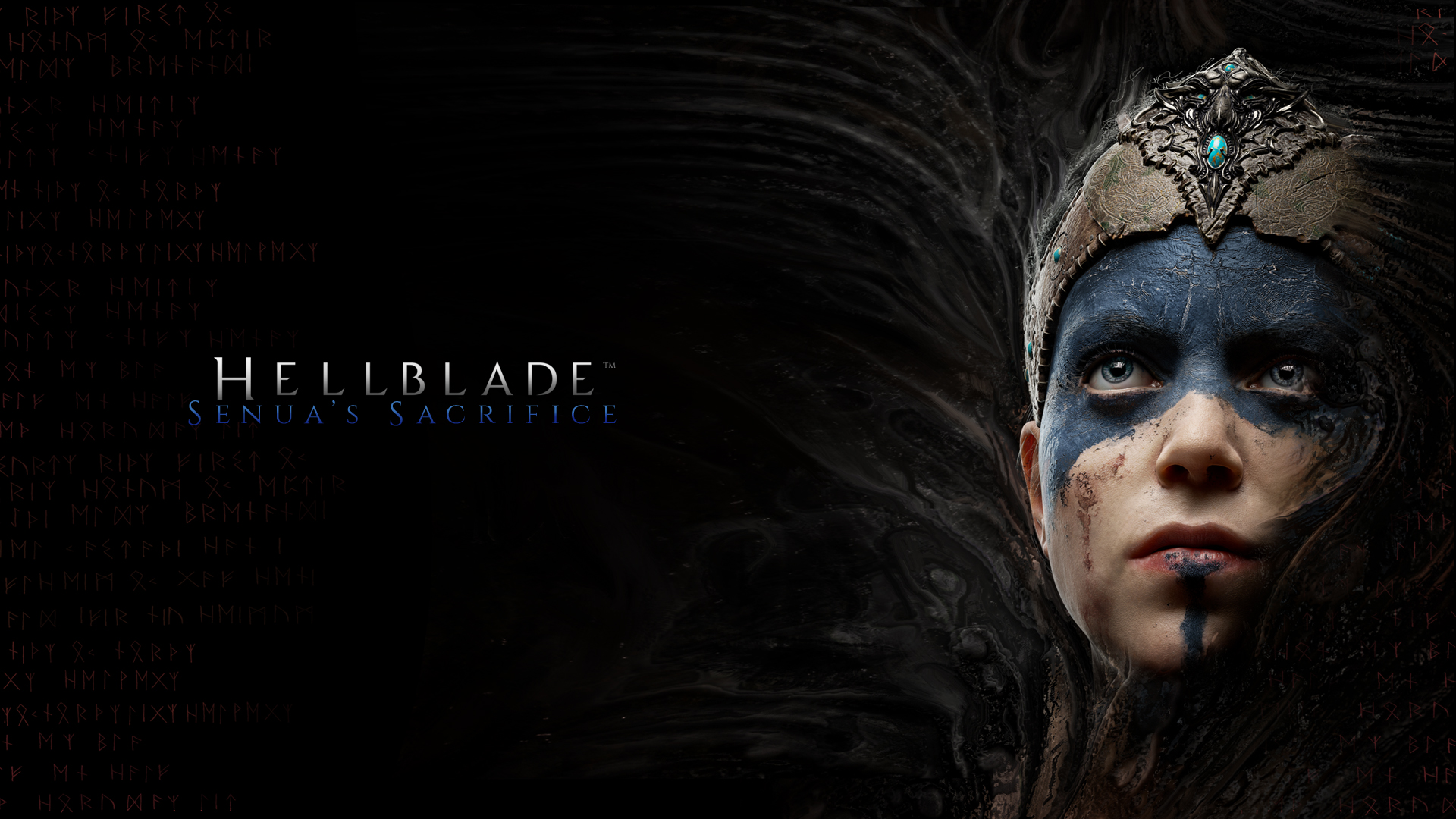
YouTube Version of The Review at The End
Story
There was a Celtic tribe called the Picts that lived off Scotland’s coast. They were a curious people that the Roman Empire actually had to keep out with a wall that spans across an entire section of England, but its purpose was eventually no longer needed. The Vikings saw to the Picts’ destruction in the 9th century by raiding, pillaging, and torturing them. This isn’t entirely confirmed, but it’s the most likely explanation for the tribe’s disappearance, and this is where Senua’s tale starts. She was socially inept and prone to fits of mania because of her psychosis, so her people banished her to the “Wilds” so she could find revelation – perhaps healing from her illness. However, when she returned from her forced journey of self-discovery, she found her village in ashes. Worst of all, the only person who truly sought to understand her was brutally murdered in a sacrificial rite to the Norse gods. With her lover’s life lost, Senua has nothing left to lose. She severs Dillion’s head and wraps it up in burlap because she’s convinced the “seat of his soul” lies in it. The only way she can return him to the land of the living is to enter the den of her enemies and confront their gods. If Senua manages to reach Hela, she has the chance to prove herself as a warrior and save Dillion.
Or will she? Hellblade is steeped in Norse mythology, and it seems as though she’s truly journeying through mystical lands and confronting the gods. Illusions, magic, and divine encounters seem par for the course, but there are plenty of signs that much of what you’re seeing is imagined. Is Senua really fighting Valravn and his demonic minions, or is she encountering a Viking chieftain and his men? Can Senua really slow down time with her Focus ability, or does this represent a brief boost of adrenaline and hyper-awareness? Is Dillion actually speaking with and guiding her at times, or does this represent Senua’s intuition? You’ll constantly be wondering what’s real, but no matter what you think, you’ll be emotionally invested in Senua’s quest all the same as she clamors to retain what sanity she has left in order to reach Hela.
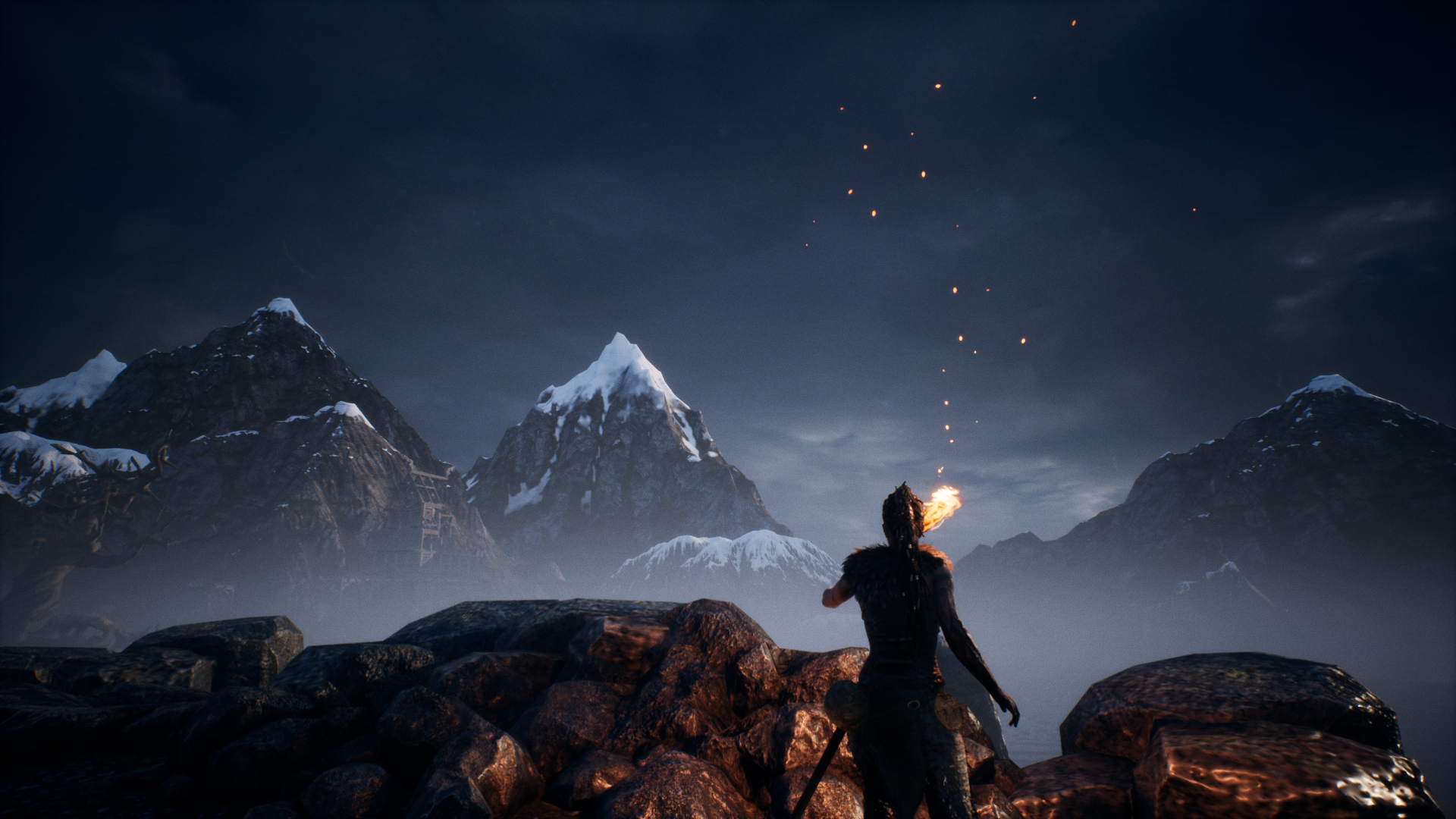
Can you trust your senses? What is “real?” Is everything we experience real since it is true to our feelings and perception, whether imagined or not? Hellblade very much gets at solipsism vs. empiricism through the scope of mental illness.
Her path is a harrowing journey of doubt and fear. You’ll feel the mental claustrophobia and stress that Senua is constantly undergoing. Her actress, Melina Juergens (who happens to be the developer’s video editor), powerfully conveys this through her motion-captured facial expressions and line deliveries. She’ll go from a shaky, quiet disposition to almost frightening displays of impassioned strength and rage. The writing is also a huge contributor to how Hellblade comes across so maturely. It unabashedly approaches psychosis and its effects through Senua in ways that feel true to what it must be like, especially if you watch the developer diaries behind the game’s creation. No thematic elements conveyed through the art direction, writing, or game design feel contrived.
For example, much of the writing actually comes from voices inside Senua’s head and a central one that acts as a narrator of sorts relaying much of her past and personal experiences. The former are like oppressive personifications of subconscious thoughts. For example, if you’re working out and are trying to attain a new record of reps for curls, you’ll have a mix of thoughts across a spectrum that express everything between complete doubt and confidence. You literally hear this come to life in Senua’s head. In combat, these voices will taunt, worry about, encourage, and cheer for you all at once. They bring so much to your emotional investment in the game and interpretation of Senua, and the narrating voice does the same. It will dig into colorful philosophical and psychological territories that could almost be poetry; I couldn’t tell you how many times I wanted to write down some thought-provoking lines. And that’s not even including other characters’ dialogue that proves to be just as thoughtfully conceived.
Hellblade strings together a tale that’s difficult to swallow. Much of it is intensely dark, and what little respite you have from it is so rare, but that doesn’t make it any less compelling. You’ll want to see Senua’s journey through because her determination is infectious, and the battle within her mind gripping. The story isn’t fun and games. It just feels really important as a sincere, creative illustration of psychosis.
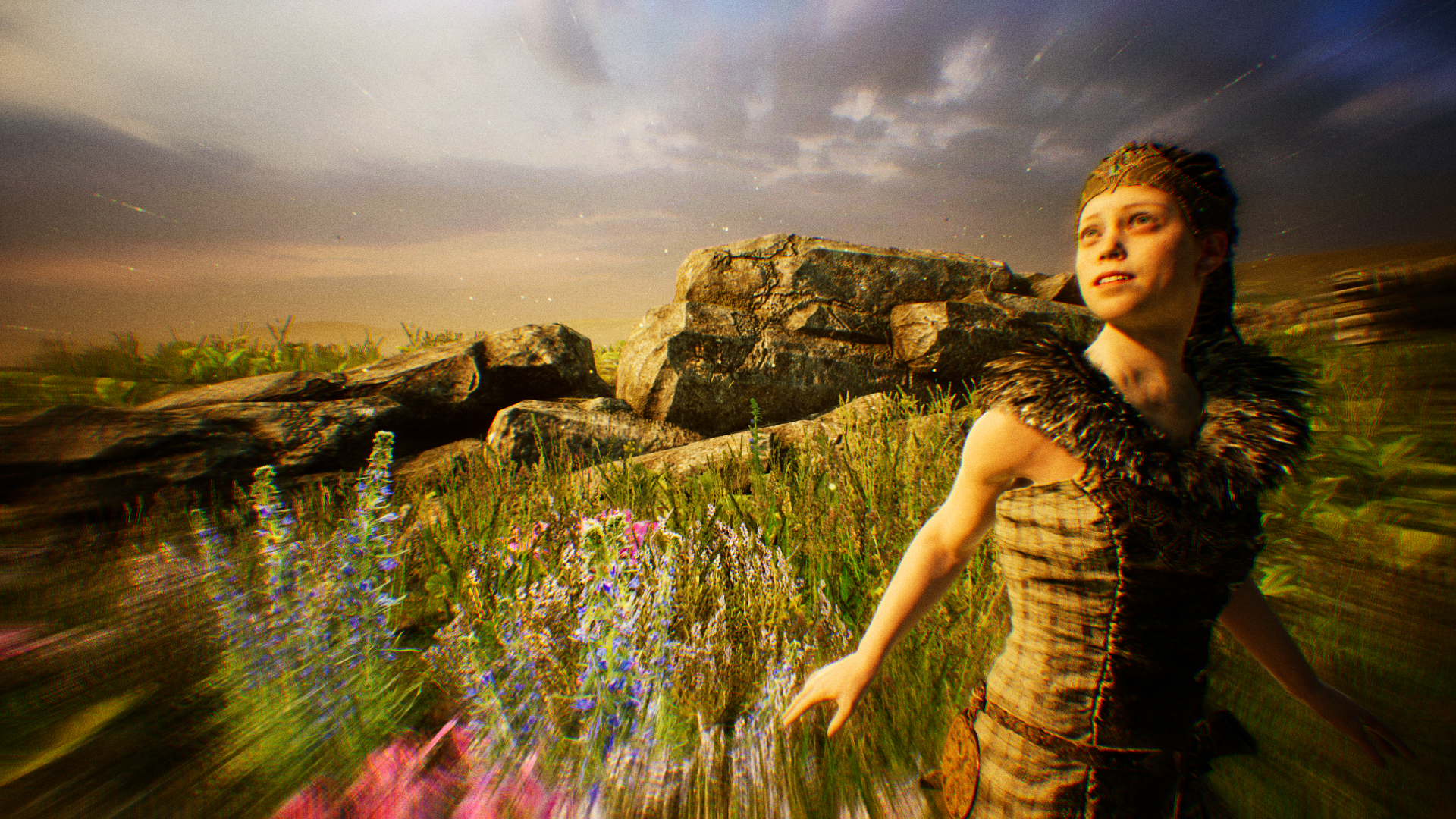
This is one of the only times you’ll see Senua smile. It’s truly magical, showing there are cracks where beauty leaks into the typically dark illusions of psychosis.
Gameplay
Hellblade is like a walking simulator interspersed with sword combat and puzzle sections. There are plenty of long stretches where you’ll be listening to dialogue and taking in the surroundings. Frequent puzzles are meant to engage the player outside the action, but half of them don’t have quite enough depth to stave off plodding. For example, the main puzzles you’ll encounter throughout the game involve finding Norse symbols in the environment around you to unlock gates. Near the beginning of the game, all you need to do is look around for them since they are naturally occurring, which proves to be mind-numbingly easy. But later on, some puzzles will require that you construct them by changing the environment. One section involves walking through these gates that alter reality by, say, forming a bridge over a ravine or making an opening in a wall that wasn’t there before.
There’s another where you look into a mask that will send you backward and forward in time, meaning you’ll need to use and alter the past to get stuff done in the future (much like “The Lord of the Black Stone” level in Darksiders II where you use the Phasewalker). It’s these extra layers that make finding the symbols more entertaining halfway through the game, but there’s only so much you can do with this central mechanic. Perhaps multiple symbols in play would’ve shaken things up, requiring players to solve brainteasers by combining and interpreting them in surprising ways. Considering that the game has these optional Lorestones you can find that tell an overarching history of Norse mythology, it would’ve been neat to see the game educate players on what these Norse runes mean through puzzles!
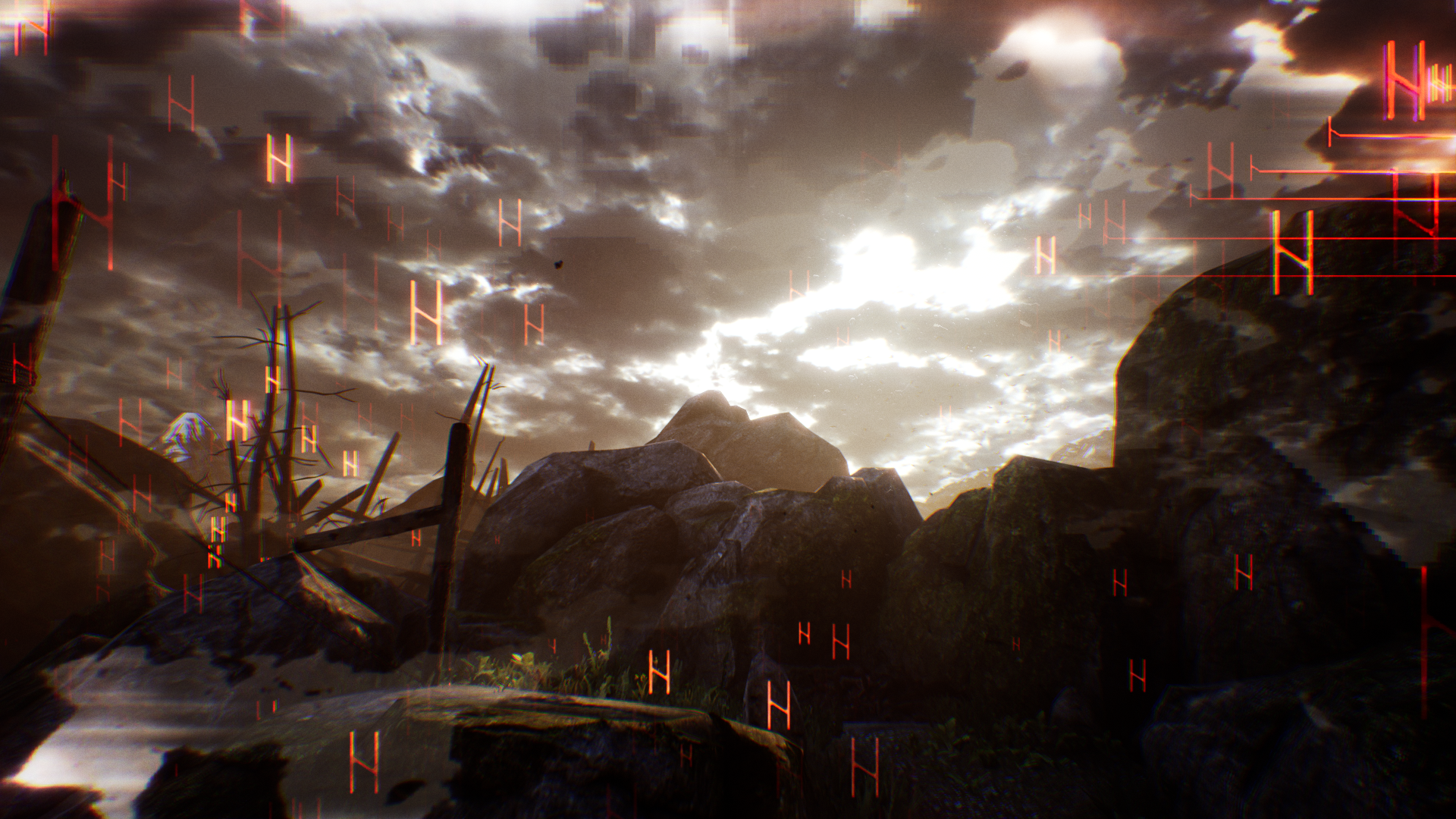
This is one of my favorite visual effects. The symbols will appear when you are near one of them, and how their patterns change as you look around is so neat.
But I understand what Ninja Theory was trying to accomplish. The theme behind the mechanic deals with psychosis and how those who have it attribute unexpected, new meanings to everyday objects and symbols; finding Norse symbols in the environments around you emulates this. Even those other puzzles I mentioned roughly relate to symptoms of psychosis, and I think this is especially important to consider from a critiquing perspective. Perhaps increased complexity would’ve been less truthful to the intention behind the puzzles of allowing players to understand psychosis through game design. That gives me a deeper appreciation for why they were made in these ways, even though I think more could’ve been done without sacrificing the developer’s vision to be faithful to psychosis.
I’m just glad there are other puzzles and sequences respectively formed around and independent of these symbol puzzles outside of combat. For example, there’s a couple neat levels where you have to fumble your way through the dark using sound to make your way out of these nightmarish places. There’s another where you have to outrun something in a maze which is simply nerve-wracking. My point in, well, pointing these out is that there’s enough diversity in the exploratory parts to keep things interesting.
Combat is a strange beast. You’re not given a tutorial in-game of how to fight, so you need to consult the pause menu or naturally discover the simple set of mechanics. There’s a light and heavy attack, parry, stun, dodge (very much like Bloodborne’s version), and focus ability that slows down time. Even stranger is how you can execute combos yet there’s no way for you to figure out what they are except through trial and error. However, I like this ambiguity because your moveset is small, so executing them by accident is wonderfully rewarding. Now, you’ve probably inferred how stripped down Hellblade is compared to Ninja Theory’s previous outings with Heavenly Sword and DMC. While I haven’t played those games myself, I’ve played similar hack-and-slash titles, but they aren’t really…emotionally investing. You’re distant from your character. Most enemies are pushovers and only become real challenges in really large groups. And, just admit it, you’re doing a lot of button mashing. It can be a lot of fun, sure, but Hellblade doesn’t have any of these…I guess we’ll call them “issues” here.
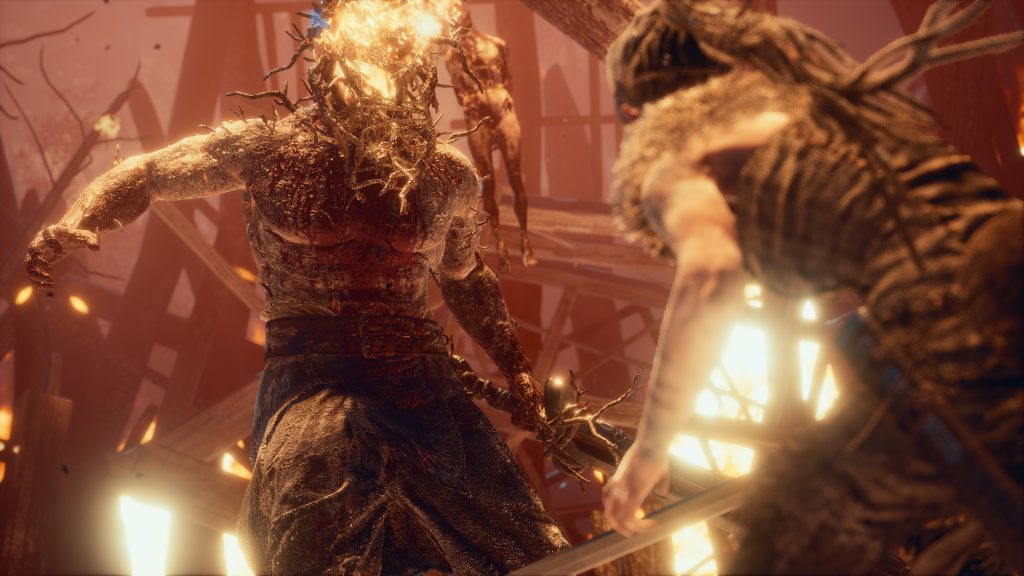
Never give up! Even when you’re brought to your knees, you might have a chance to dodge out of the way and make a resounding comeback.
You’ll start out fighting one enemy at a time, but as you progress, groups will increase with up to three to four foes at once. That doesn’t sound like a big deal, but since these enemies are large, heavy-hitting, and can easily corner you, you’ll find that Hellblade is hardly simple in execution. The typical guys wield swords, but others can brandish shields to block most of your attacks unless you stun them or move behind them. There’s another type that’s aggressive with two axes and a stun ability, and there’s a juggernaut that can charge and almost kill you in one hit with his massive axe. When these enemies team up, they’re a formidable force. You’ll need to smartly position yourself and take advantage of every opening you get.
These fights are supremely visceral and immersive because of how much weight lies behind every hit you take and give. I must say that a massive component of how investing they are comes from the superb animation and voice acting behind every strike. A perfect parry will be accompanied with a blinding flash of blue light and ringing “ching” that look and sound so satisfying. Senua will scream as she brings her sword down with a force that could shatter the earth. The voices will plead for you to rise when you falter and even whisper hints to dodge and activate your focus ability, mainly because the camera is so close to Senua that you’ll feel intentionally limited. I think that was a brilliant decision.
So, I can confidently say the boss fights and a handful of the wave-based combat scenarios are some of the most emotionally-shaking fights I’ve ever gone through in a videogame. The simplicity initially belies how much I thought they would engage me, which is a testament to how intentional the developer was to add weight not only behind the story, but also the gameplay. You’ll be rigid with adrenaline plenty of times. I promise you that.
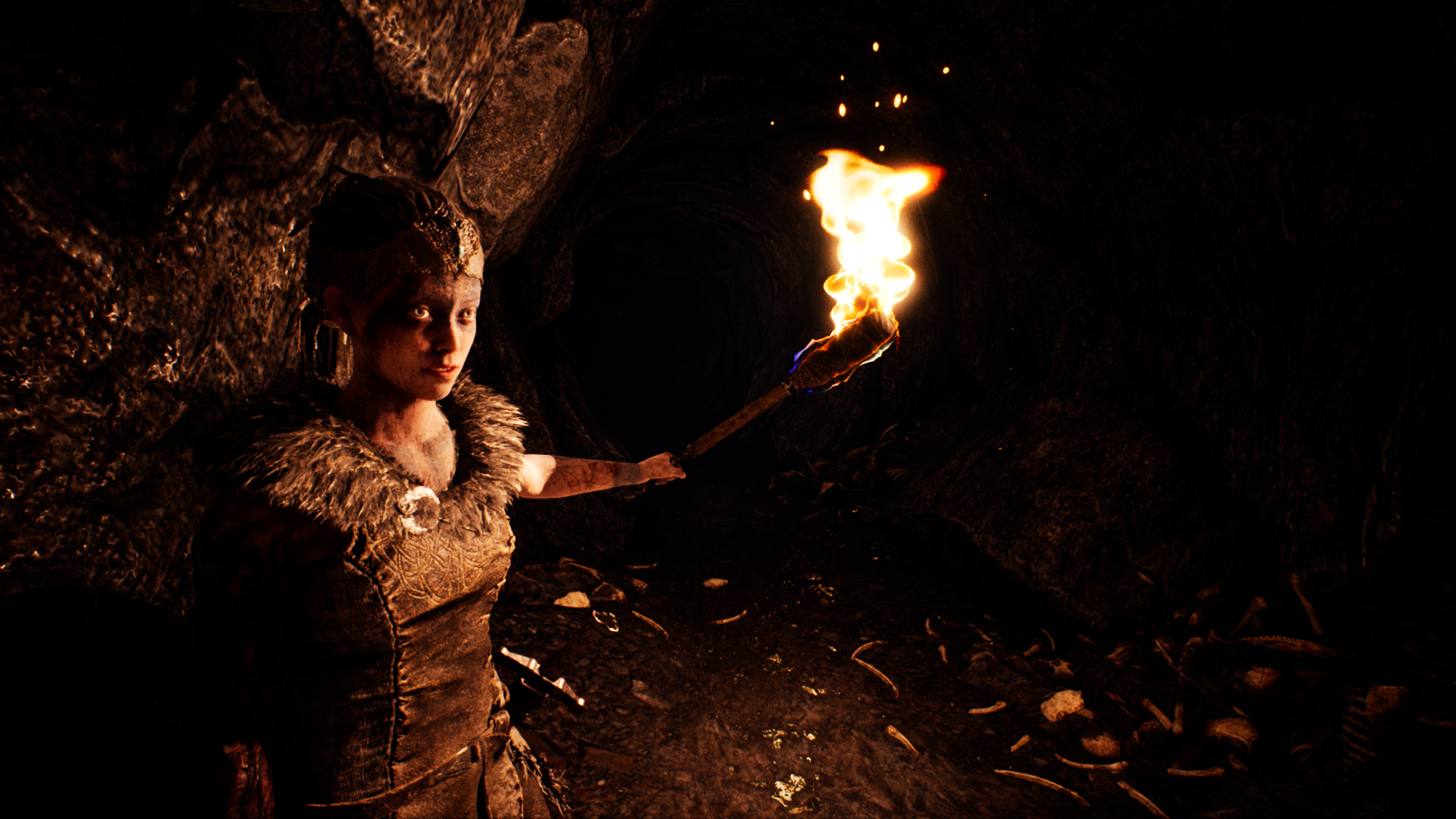
This isn’t a journey of reflex and brains alone. You have to use your ears as well to find your way out of trouble.
Visuals
For what it is, Hellblade is a technical marvel. It boasts graphics you’d expect from an AAA title even though it was made independently. The motion capture reaches the heights of The Order: 1886 and is so convincing that FMV is confidently used for some side characters in visions that Senua will have. Draw distance, textures, and weather effects look great, but a particular feature that’s put to great use is lighting. It has a lot of thematic significance in many cutscenes and environments, and the ways it dances across objects and coalesces with darkness is superb. The only thing that kind of stood out to me is this grainy/blurry effect that was fairly noticeable throughout the game, but considering the game also runs at a consistent 30 frames-per-second on the standard PS4, it’s a small complaint in light of how much is done well.
But I really want to tip my hat toward the art direction. Senua’s character design is memorable and rooted in accurate history of how the Picts dressed with their tattoos, hair, and whatnot. The enemies are terrifying as well with their animal skull helmets and ragged clothing. However, the game impresses the most with its set pieces and how they can change on the fly, reminding me a lot of how The Evil Within did this to effectively capture insanity by keeping players wary and off balance. This ties back to how you’re not quite sure whether you’re jumping between reality and fantasy. One moment you’ll be walking around an abandoned Viking settlement, and then you’re thrown into a blood river with walls of corpses writhing around you. These illusions are further accentuated by bizarre visual effects that overload some scenes with too much blurring, saturation, and Norse symbols that hang all around you in the air. Just like Uncharted 4: A Thief’s End, I found myself stopping a lot to use the picture mode. There were so many eerily captivating moments I had to capture, and you could say “eerily captivating” visually defines Hellblade as a whole.
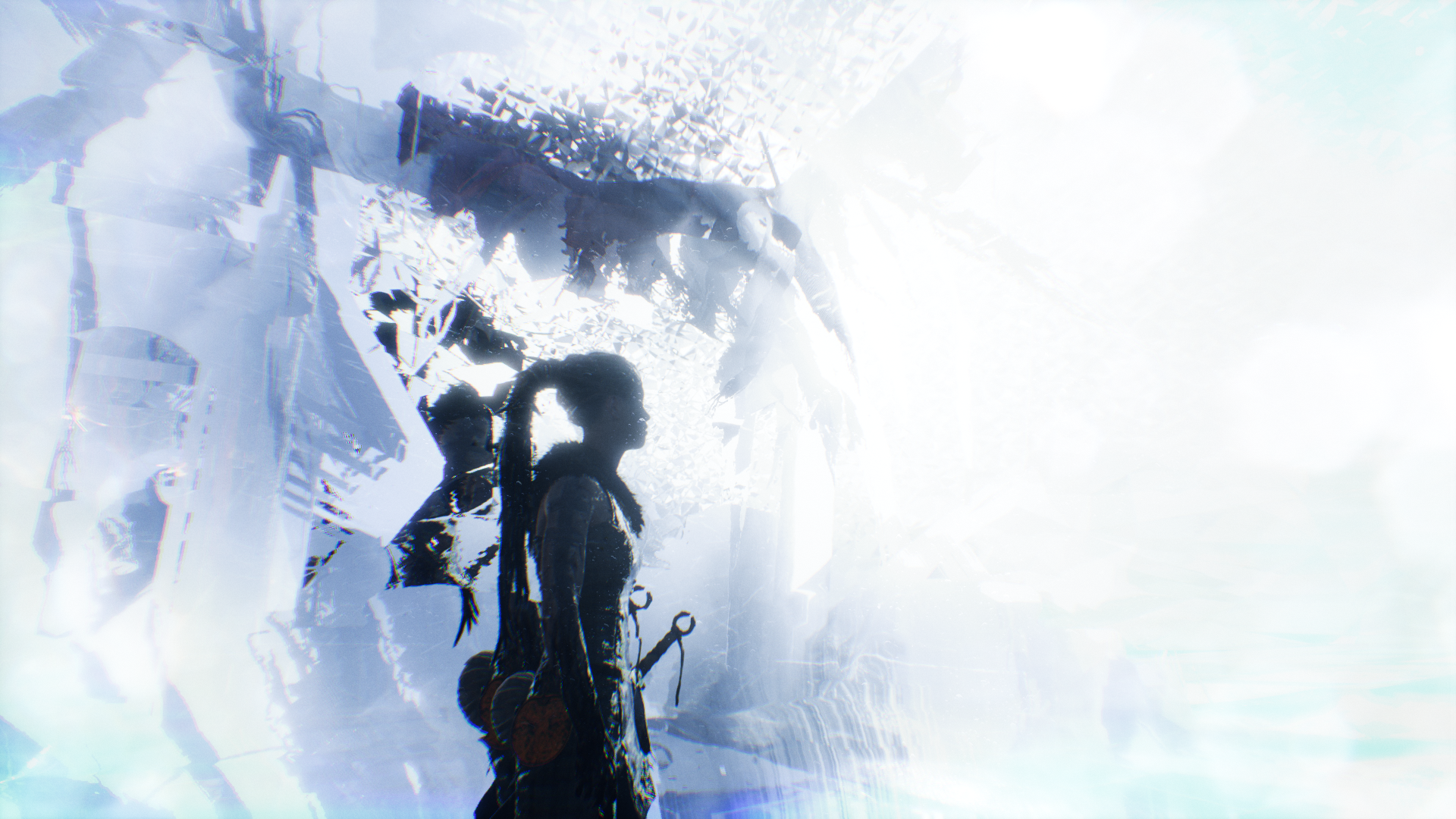
Like I said, keep that picture mode ready. I captured this during a moment where lighting struck and lit up the entire area. Applied a couple effects and this is what I got.
Audio
I’ve already mentioned several aspects of the voice acting because they’re integral to the story, but let me say again just how much it brings to the game. While some of the side characters (Dillion and Druth) might come across as trying a tad too hard, the main actress on stage provides an evocative performance that’s worthy of awards. Even the way she’ll absentmindedly stare into the distance and change her mood in an instant feels so real. I still can’t accept how she’s never professionally acted before until doing this role. When it comes to the voices Senua hears, you have to wear headphones to truly appreciate them because it will sound like there are people moving around you in all directions. It’s unsettling in all the right ways.
There’s great mixing and nuance to the sound effects. Reverb, echoing, and distortion go a long way to amplify the “weirdness” of the experience, and just like how the animation accomplishes so much for the combat, the raw savagery and weight behind the sounds of weapons does the same. If I were to nitpick at one thing though, it’s that I found some of the environmental effects jarringly lo-fi. It stuck out to me instantly, particularly with some footsteps and water effects. It’s nothing game-breaking, of course, but it was enough to bring me out of the game’s otherwise consistent aural immersion.
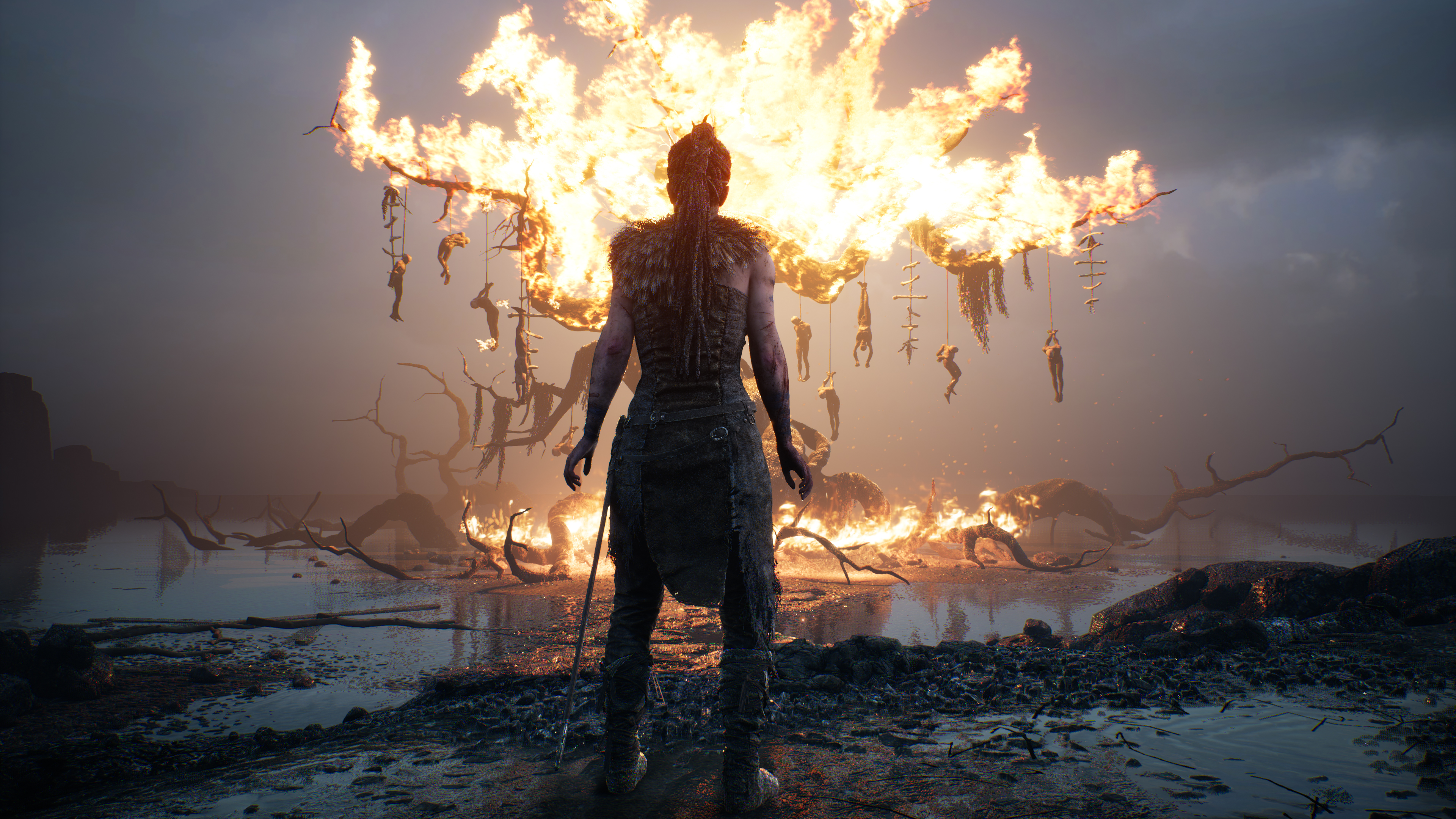
If Senua isn’t in the running for best protagonists from videogames this year, I’ll be disappointed.
The otherworldly sound effects like dissonance and noise for psychotic episodes are absolutely terrifying, and the same can be said for how the music contributes to this. It’s very much an ambience-driven score that’s like a mix of Garry Schyman’s work for Middle-earth: Shadow of Mordor and Resident Evil 7‘s soundtrack. There’s a good amount of mellow strings and tribal percussion during combat, and strong Norwegian chants will come in sometimes, making it seem as if the enemies are issuing a melodic battle cry against you. It’s not one of those soundtracks I imagine listening to outside of the game, but it sure is one I couldn’t imagine the game being without.
Value
I was worried after the first two hours that Hellblade wouldn’t last long. You have to defeat two bosses and then you supposedly encounter Hela after this, but thankfully, my expectations for the narrative’s trajectory were wrong. The entire story lasts around eight hours, and it’s a well-rounded package in terms of pacing with a balance of gripping cutscenes, engaging combat, and a good series of puzzles and exploration. If you’re looking for replays, there really isn’t much of a reason to do so unless you miss some of the Lorestones. You can get a Platinum Trophy if you do this since every other Trophy is unlocked simply by playing through the whole game, so I recommend looking every which way to grab this one. So, for a game of this quality to be half the price of a full retail game, you can’t go wrong with it. And while it has nothing to do with the game, there’s actually a documentary on its development that I’d say is required watching after finishing it.
Conclusion
Hellblade: Senua’s Sacrifice possesses the ingenuity of indie development wrapped in the trappings of a blockbuster title. It lends a level of creativity and restrained severity to its subject matter with bone-chilling effectiveness through excellent performances from the game’s cast, extraordinarily thoughtful writing, and purposeful artistic and audio direction. It makes me realize that videogames can be so much more due to the empathic rapport they can establish through meaningful game design and interactivity. While this vision comes at the cost of sporadically lacking puzzles and a plodding pace for Hellblade, the overall game has enough diversified content to keep you interested, especially with regards to its simple yet engrossing sword fights. If you approach it with an observant mind, you’ll catch that unwavering intent and purpose I mentioned before. It makes for a Hela-va eye-opening, unique experience.










